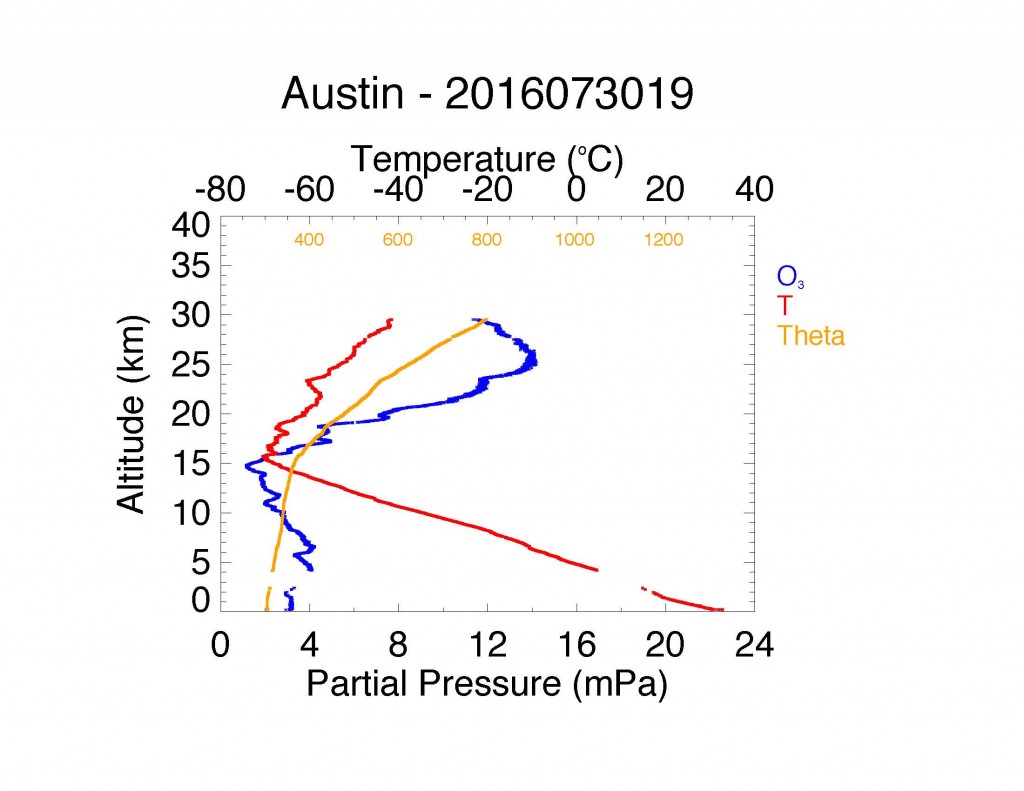NSCI welcomes Google to campus this Fall. Google is offering its Applied CS with Android workshop series on 5 consecutive Sunday afternoons (October 23 – November 20) from 1 – 6 pm in JBWS 363.
Applied CS with Android is a program designed for Juniors and Seniors that enhances concepts from their current CS curricular work, with the support of professional engineers. The program revisits concepts from Data Structures and Algorithms and uses Android as a development platform for its combination of modernity and easy to use graphical interface—also, it’s just fun.
The experience employs a ‘flipped classroom,’ where students complete independent pre-work, such as reading and software set-up to prepare for the workshops. Workshops are in-person sessions where students work in small groups to build the Android activity or game for each unit with the help of facilitators. Workshops also contain optional extensions.
Requirements for students to register:
- Java experience (specifically: language basics, inheritance, basics of generics)
- Prior coursework in Data Structures and Algorithms (familiarity with hash tables, heaps, queues)
- A laptop (helpful but not essential)
- Commitment to attending all workshops
- A gmail account
More details on how to register coming soon. Contact Michael Lykaios for more information.
In addition, Google welcomes applications from interested students who wish to serve as “student facilitators” at these workshops. Requirements for facilitators are:
- Enrolled in full-time undergraduate/postgraduate study
- Computer Science (or closely related) major
- Successfully completed and passed classes university-level Data Structures and Algorithms courses (strong understanding of hash tables, heaps, queues)
- Java experience (specifically: language basics, inheritance, basics of generics)
- Ability to dedicate 30 hours to program prep and execution on campus
- (Preferred) Experience mentoring, TA-ing or teaching programming or university CS coursework
- (Preferred) Experience developing with Android Studio
Expectations of facilitators from Google.
- Review all facilitator prep materials and and complete all trainings
- Run one full Applied CS program on campus
- Ability to attend and facilitate all five workshop sessions on campus
- Time commitment: ~30-40 hours total over two months
To apply for a facilitator position, click here.
Questions? Email Sarah Henderson: hendo@google.com











